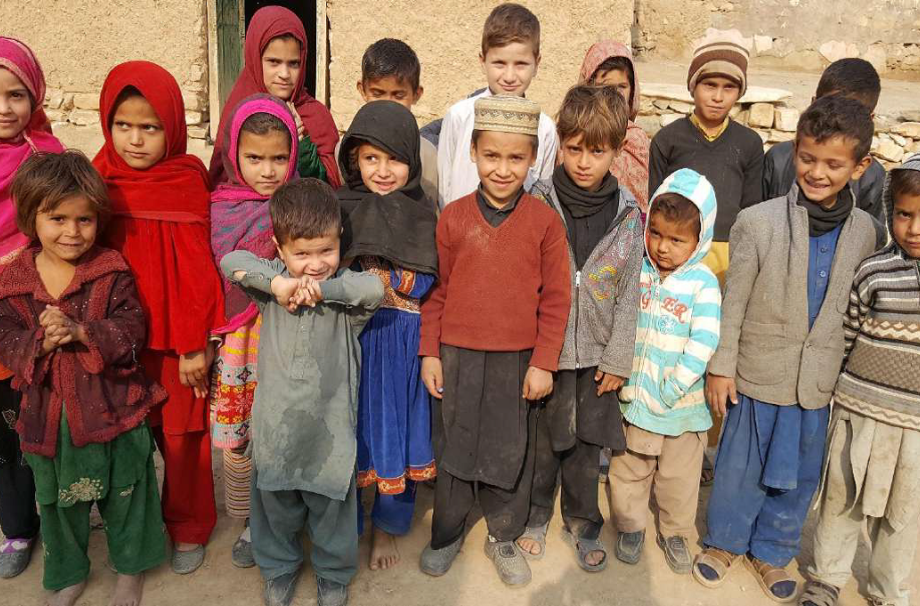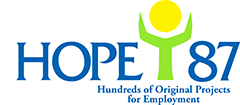Access for out of school Children to Education and Safe Schools in Pakistan (AcCESS)

Note:
Co-financing contribution from National Commission for Human Development (NCHD), Elementary and Secondary Education Foundation (ESEF) and Merged Areas Education Foundation (Formerly FATA Education Foundation) in the project represent expenses incurred/to be incurred by them for the project activities and paid/to be paid directly from their own bank accounts.
Project Description:
The principal objective is to enable children’s access to quality education in ongoing emergencies, other situations of violence and early recovery phases. Project specific objective shall be to enable children’s access to quality education in complex emergencies in Pakistan at pre-primary, primary and lower secondary levels.
The project is resulting in the following changes: expanded access for over 164,495 children (50% girls) currently out of school or at risk of dropping out to a flexible range of learning opportunities including 17,968 Afghan children; higher transition rates at stages with high drop-out rates; over 1,620 better quality learning environments; flexible and adaptive modalities for continuity of learning; improved learning outcomes in early grades literacy and numeracy and awareness to prevent and control COVID-19 for 164,495 children (50% girls); increased number, effectiveness and psychosocial support through 13,893 teachers; more than 16,650 members of school management committees promoting girls education, social emotional learning and working to address school safety, strengthened capacity of 50 government staff for public health emergency, school disaster management and education in emergencies; over 1,500 more engaged communities pursuing local solutions for girls’ education; and proven models for systemic uptake of best practices with methods validated to support the sustainability and expansion of these models beyond the project.
Indirectly, the project will benefit more than 1.2 million people through downstream impact that better educated girls have on communities through raising health levels, providing social services for women at local level, as well as on education, by creating a stronger teacher cohort.
Wider transformative impacts will include: children as change agents of wider community awareness for prevention of COVID-19, healthier families; improved social/economic status especially for girls; addressing protection and safety concerns for children and education personnel, increased female participation in local governance and community decision-making, as well as creates future female education leaders and managers; and a generation of parents and communities committed to the education of girls.
The specific project result is:
1. Children affected by humanitarian crises have access to and learn in safe, quality and accredited primary and secondary education
